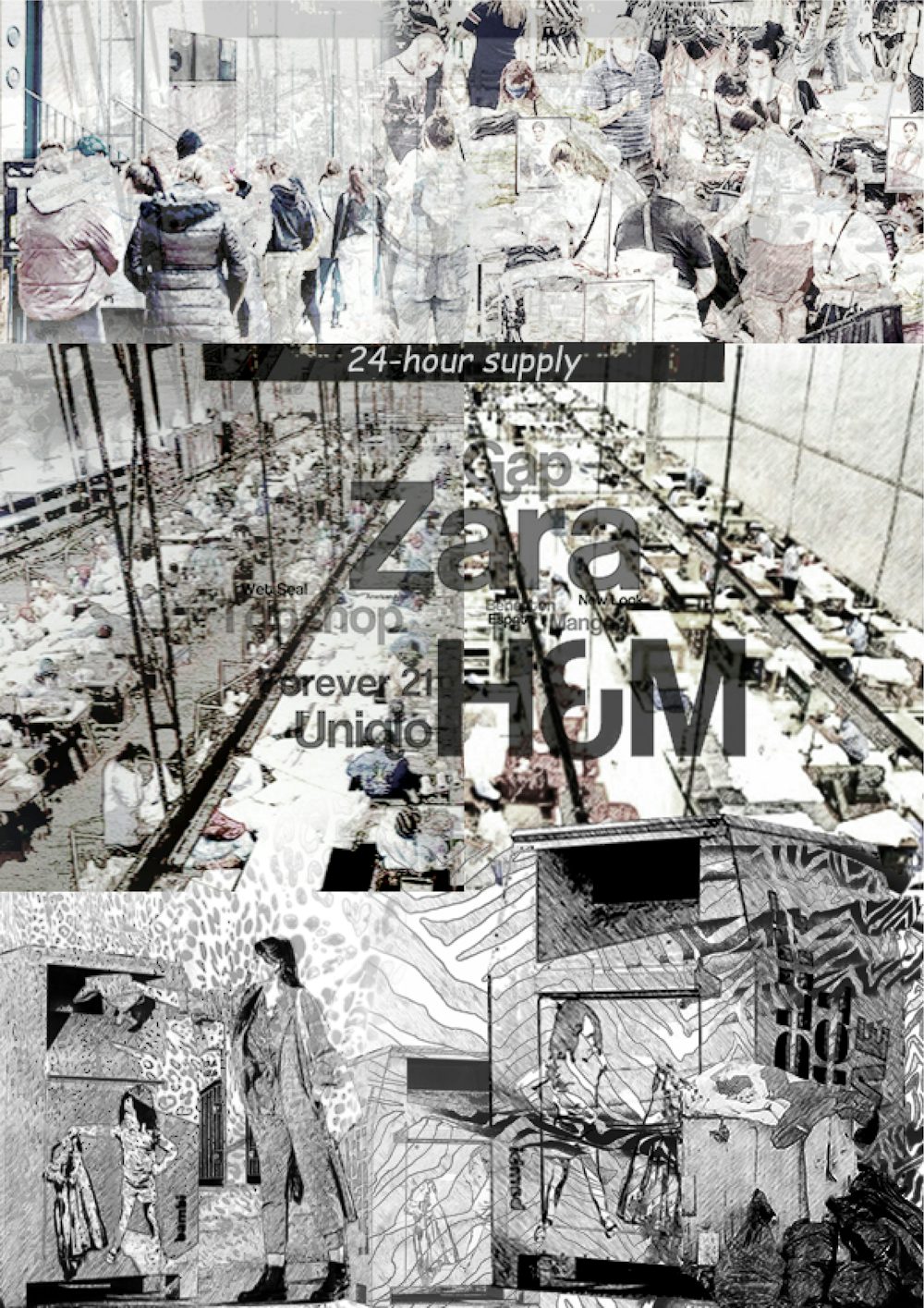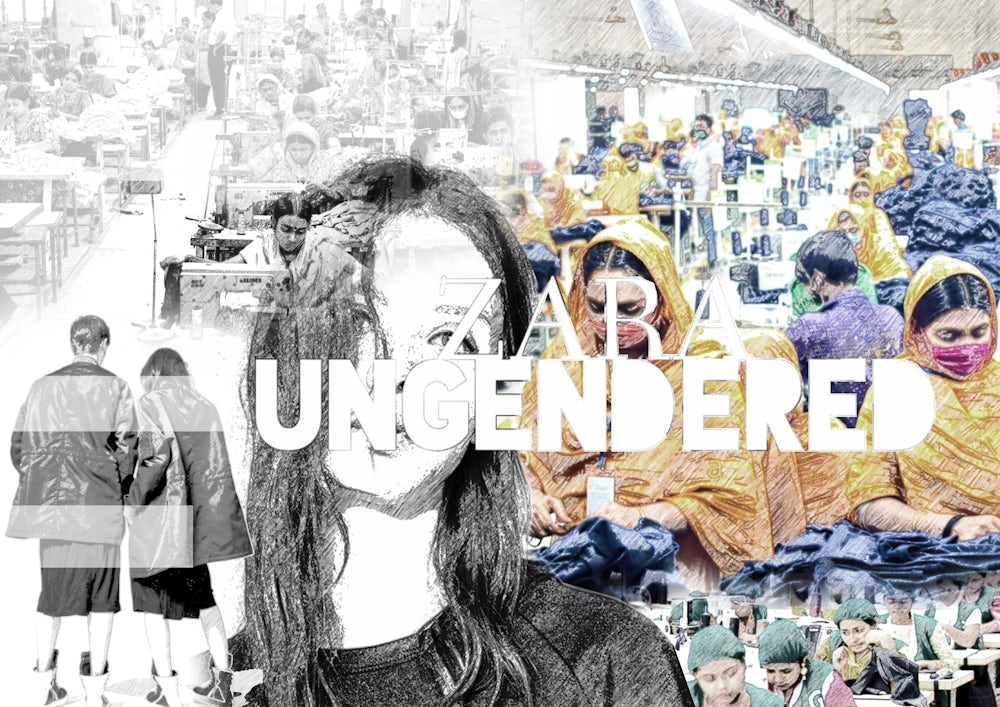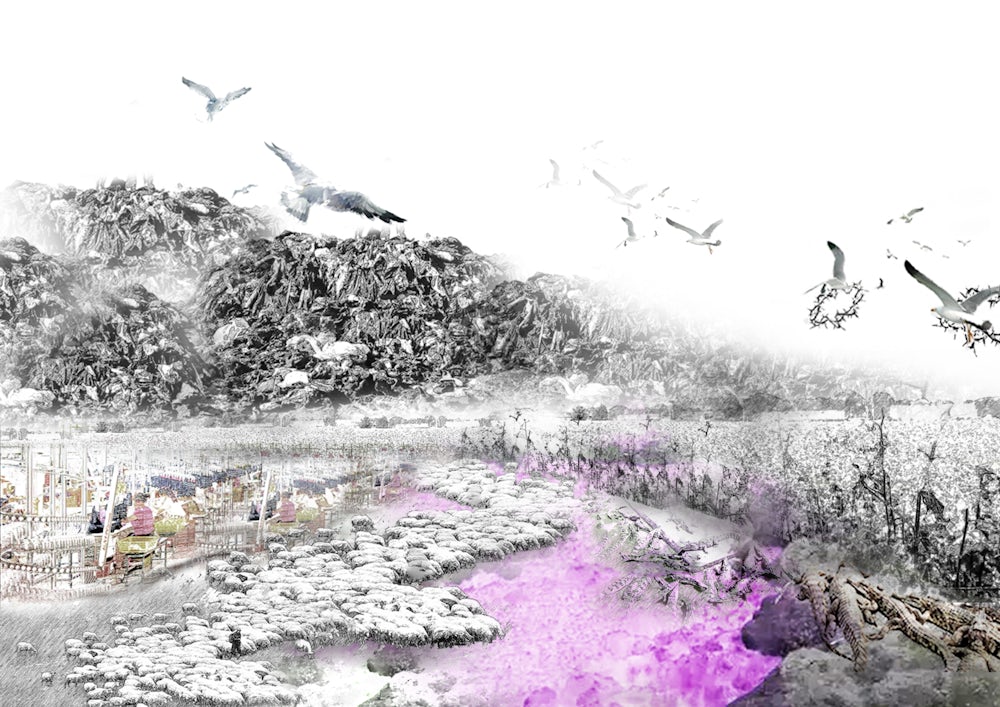Fast fashion emerged in the late 2000s, popular for the variety of styles, fast design updates and lower prices of clothing, but controversial because their fast supply chain relies heavily on low-paid overseas workers and the process is environmentally damaging and resource-intensive. It is difficult to quantify the impact of the fashion industry accurately. With the covid-19 outbreak accelerating, the already frustrated fast-fashion industry is more vulnerable, and the industry has been disrupted by this sudden slow pace, perhaps ushering in a turnaround.
Clothing and people are closely related. Each piece of clothing, its material, pattern, color, needs to invest in different processes, time, and culture. Clothing is the carrier of self-awareness, so the consequences of fast fashion are like a conflict between the "self" and society.
Time cannot be perceived physically, but it is being replaced and converted every second. Just like every word I write, it can indicate the passage of time, perhaps a wisp of smoke. The concept of time is nihilistic, but nothing is more real than time, because we have all experienced what we are experiencing... If every second is stuffed, we can experience the speed, then the desire is attached far more than the time itself. Therefore in this second, we can not count the add-on of desire, it will immediately become unbalanced. And time is only like a cold bystander, it is likely that time will subvert the original position, let those roles or relations immediately change their properties, and also change people's views and attitudes towards it.
Compilation may be represented by a series of thematic collages. It is an effective way for me to reorganize information, and through rational analysis, I become more aware of the interconnected relations between two objects. The experimental process of the work: collect photographic material/real material from different angles, through collage, clipping, replacement and other secondary processing, to collect the picture in different situations, and to express critical ideas.





